Colombia Celebrates Independence Day and Cautious Optimism.
Colombia! The happiest country in the world, according to a 2012 and 2016 WIN/Gallup International Poll, celebrates its 206th birthday today. Día de la Independencia! Heralded as the Gateway to South America, Colombia follows its neighbor to the east, Venezuela, having celebrated its Independence Day on July 5th.
Distinguished Colombians include, among others, Nobel Prize winning novelist Gabriel García Márquez, humorist Jaime Garzón, neuroscientist Rodolfo Llinás Riascos, politician Luis Carlos Galán Sarmiento, artist Fernando Botero Angulo, actors Catalina Sandino Moreno and John Lequizamo, footballer Carlos Valderrama Palacio, and singer/philanthropist Shakira (Fundacion Pies Descalzos).
Rich in natural resources, and natural beauty, Colombia’s stunning beaches and lush rainforests, are matched only by the glorious Andes Mountains that surround its capital, Bogotá. Today, tourism is at an all-time high, with travelers enjoying the culture, the music (nod to Barranquilla born Shakira and La Bicicleta), the food (empanadas – Colombian empanadas), and drink (shots of Aguardiente (“fire water”), amid the enduring warmth of Colombia and its people.
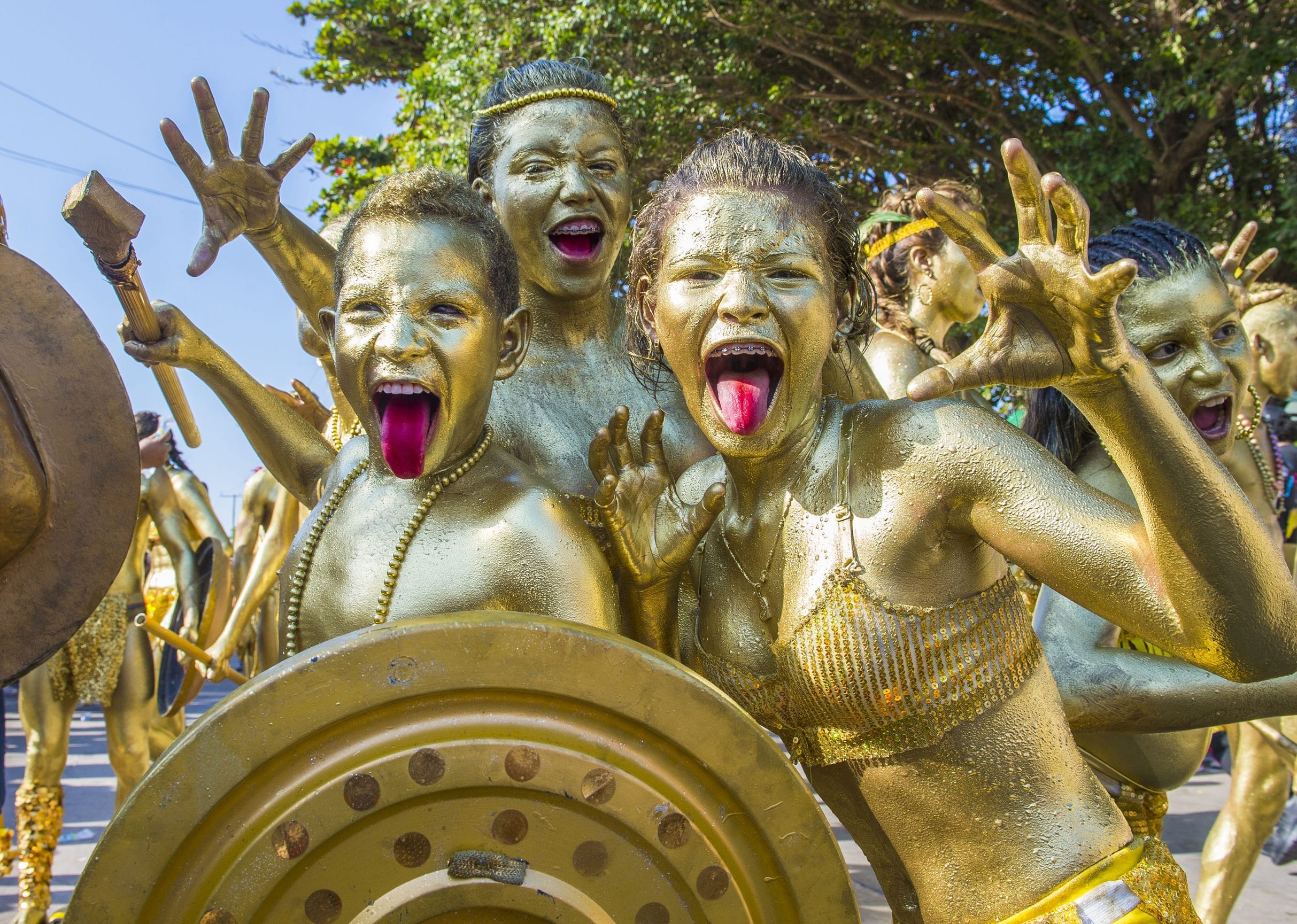
Proud speakers of “proper” Spanish, Colombians enjoy hiking in the Sierra Nevada De Santa Marta, combing the beaches of Cartagena, listening to salsa in Cali, exploring the nightlife of Bogotá, and relaxing at the stunning resorts among Medellin’s “Eje Cafetero” coffee plantations. Medellin was once the murder capital of the world—an iron triad of drugs, murder, and corruption. Today, the infamous Colombian city has been named the “world’s most innovative city”. Newspaper headlines boast, “Medellin: From murder capital to model city” as Colombia has reached its lowest homicide rate in decades.
But this wasn’t always so.
Colombia not only celebrates 206 years of independence from Spain, but it is simultaneously presented with an opportunity to bring the longest-running war in the Western Hemisphere to a much-awaited end.
One month earlier, on June 23rd, cheers of ¡Oh, Gloria Inmarcesible! rang out across Colombia as President Juan Manuel Santos and guerrilla commander Rodrigo Londoño signed an historic cease-fire agreement in Havana, signaling an end to over half a century of conflict. A possible end to a conflict that began in 1964, the ceasefire was the result of four years of talks between the Colombian government and the rebel Marxist army known as FARC (Revolutionary Armed Forces of Colombia).
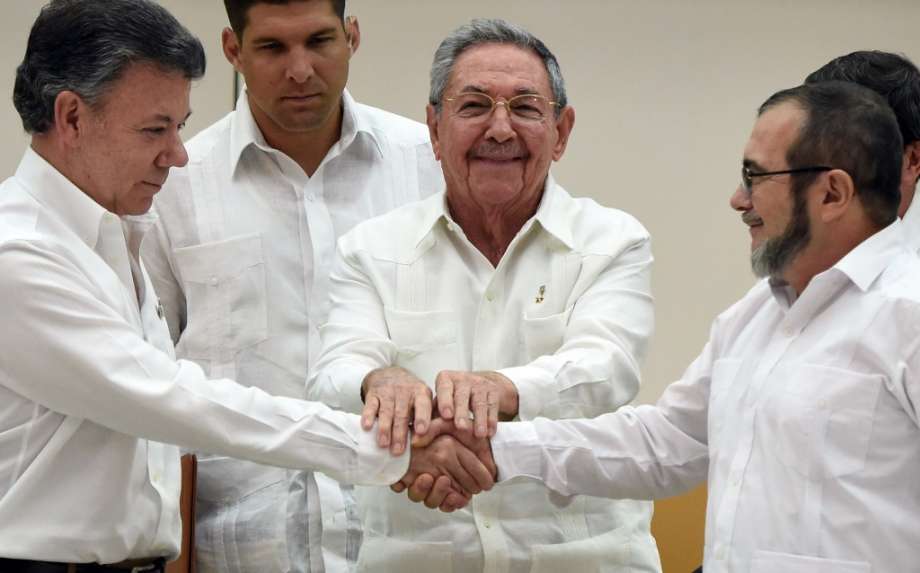
Both sides had sought U.N. assistance to monitor adherence to the cease-fire, and to resolve disputes emerging from the demobilization of at least 7,000 armed rebels. The sides continue to tackle contested issues such as disarmament, victim’s reparations, the political participation of demobilized guerrillas, and the monitoring and compliance of agreed to concessions. After a conflict that has seen some 220,000 Colombians dead, and millions more uprooted from their homes, the peace accord signals a significant step toward a brighter future for Colombia.
This was just the first step, however. As of this writing, it looks as though Echeveri and President Santos will miss the July 20th deadline to sign the final accord, which must first meet the approval of Colombia’s Constitutional Court and Congress.
Before delving into the importance of this agreement, and in honor of doing justice to the first reason for today’s celebration, we must first reflect on the day’s historic symbolism. On this day, in 1810, citizens united in Bogotá to push back against the Spanish monarchy. Patriots throughout the city rallied the people to take to the streets in protest and secure a temporary limited independence—the country’s official first step in the direction of democratic freedom. Nine years later, the Republic of Gran Colombia was established—encompassing present-day Columbia, Venezuela, Ecuador, Panama, northern Peru, western Guyana, and Brazil.
In 1819, Simón Bolivar, “El Libertador” (better known as the “George Washington of South America”), was elected as the first President of Gran Colombia, bringing with him a grand vision of a united Spanish America. By 1830, his dream had fallen apart, due to internal political strife and infighting. Gran Colombia would dissolve, with Colombia emerging as the first constitutional government in South America.
A century later, the assassination of Colombia’s president ushered in what would become decades of brutal civil infighting.
In 1953, General Gustavo Rojas Pinilla took power, promising to resolve the bitter friction between the country’s two dominant political parties and bring harmony to a fractured nation. Instead, he only fanned the flames unleashing guerilla forces and intensifying the already heightened resentment between the two camps.
By 1957, a three-man military junta overthrew Rojas, and a new attempt at peace began: the Liberals and Conservatives entered into a pact—the National Front—which would span 16 years. The National Front did a great deal to assuage the rising tide that had spread for more than a century before it. However, insurgent guerilla movements, hostility between pro and anti communist groups, an increased secularization of the middle and upper class, and tightened restrictions on public protest led to the birth of 5 guerilla groups which would start Colombia, yet again, on a path to internal war. A war, which would endure to the present day.
Emerging amid the chaos were, FARC, the National Liberation Army (inspired by Cuba), the Popular Liberation Army (inspired by Mao in China), the Quintin Lame Movement (MAQL), and the 19th of April Movement (M-19).
Drug Wars: The Cartels Emerge
By the 1980’s, as guerillas began to expand their reach into major cities, the drug trade took off. Nearby, Bolivia and Peru had slowed the coca plantation business for the illegal cash crop, leaving a vacuum in the region for Colombian guerillas to seize on. In Cali and Medellin, on the fringes of the watchful eye of the state, drug cartels were born—illicit groups that would rise to launch a full-out war against the state by the end of the 20th Century.
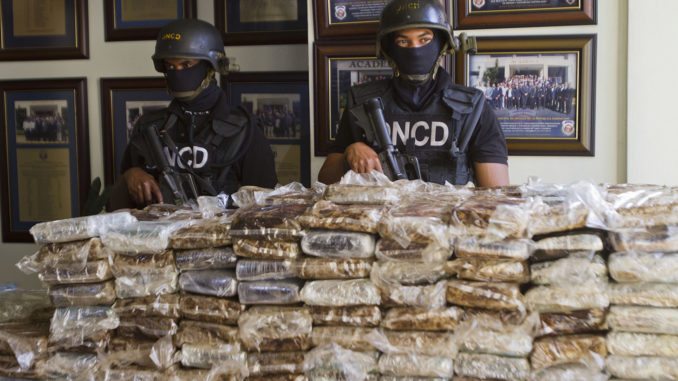
The United States, suffering from an epidemic of addiction and drug related crime, would launch the highly lauded “War on Drugs”, with Cali and Medellin as the epicenter of the fight. The US Congress allocated billions in funds to train and equip Colombian government and drug enforcement agencies. Aerial-spraying campaigns ran continuously in attempts to kill coca production. Official state missions, such as Operation Intercept, initiated under President Nixon, Pan Colombia under Bill Clinton, and the Mérida Initiative, under George W. Bush, spanned the 70s through the 2000s.
But the drug cartels only multiplied in effect, subdividing and breaking off into groups within larger umbrella organizations, headed by leaders of guerilla groups, like FARC. As expected, even political leaders became entangled with the illicit web of the coca trade. Most famously, President Ernesto Samper Pizano was accused of taking Cali Cartel money to fund his campaign. The US withdrew any political support it had been providing Samper up until then and revoked his visa, banning him from entering the country. At stake was not only Samper’s reputation, but the legitimacy of the political state in Colombia, an authority that the National Front had worked so hard to solidify.
The lines between politics and crime, crime and the military, had effectively been blurred beyond repair. Guerilla groups could sustain themselves on the drug trade, largely unchecked by the state, and outside pressure from the US only served to exacerbate regional disputes among guerillas, each of which laid claim to various illicit coca plantations they deemed their own.
The Civilian Cost
The entangled web of political and military corruption effectively roped in the civilian population, given that paramilitaries and guerilla groups must impose their will upon the populace to safeguard their support. A “war of collaterals” proliferated, as opposing camps carried out violence against the civilian social base of their enemy.
In 2014, a 434 page report “Basta Ya! Colombia: Memories of War and Dignity,” estimated that 218,094 lives were lost to this conflict, with more than 4 of every 5 victims being a civilian. Ransom kidnappings, a trademark of FARC, meant that between 1996 and 2005, someone was kidnapped about every 8 hours in Colombia. Years of involvement in drug trafficking, extortion and kidnapping provided FARC with millions of dollars in funding.
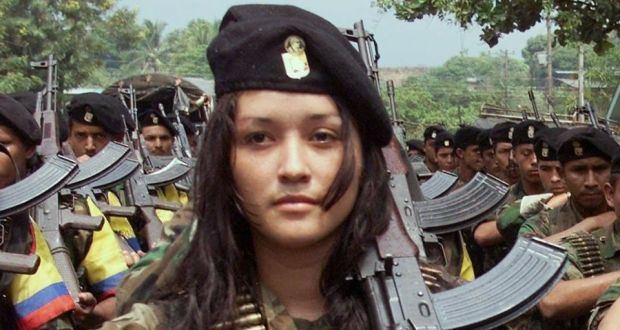
The United Nations High Commissioner for Refugees (UNHCR) has called Colombia’s problem the “Invisible Crisis.” Unbeknownst to many, Colombia’s 5,840,590 internally displaced, with 500,000 to 700,000 seeking refuge in neighboring countries, makes it the largest displacement crisis in the entire Western Hemisphere. The seventh largest in the world. The armed internal conflict, spearheaded by the dominant guerilla group FARC, is directly linked to this refugee crisis.
A Troubled Neighbor: Venezuela
As previously reported by Lima Charlie, despite its refugee-related turmoil, Colombia is far from the dire straits of its neighbor to the east—Venezuela. In comparison, Colombia has experienced a reduction in poverty since President Juan Manuel Santos took office in 2010. Given that Colombia is the third most populated country in Latin America, with about 47.1 million people, poverty has almost been cut in half and GDP has more than tripled since the beginning of the 20th Century.
While Colombia has mirrored Venezuela’s history in the rising power of leftist guerillas and powerful cartels, Venezuela is now leaning on Colombia to supply its citizens with basic food staples. In Venezuela today, the inflation rate is estimated by the IMF to reach about 480% in 2016, and 1600% in 2017. With an economy on its death bed and a government barely able to ration out even meager food supplies, more than 100,000 Venezuelans flooded the Colombian border last weekend to purchase goods to bring back home—the second time in 2016 that this border was opened.
With all of its recent success, however, Colombia’s relationship with Venezuela has been strained. In August of last year, Venezuelan President, Nicolas Maduro, halted the passage through the Simon Bolivar International Bridge, connecting his country with Colombia, in Tachira. He claimed the action came in response to members of the armed forces being shot while on patrol at the border between the two nations, as well as a suspected smuggling ring. Maduro even deported Colombian citizens during this period. The crisis between the once close nations came to a head last year when, in a highly aggressive stance, Venezuela flew two combat aircraft along the perimeter of its border with Colombia.
Although Maduro closed the border with Colombia in 2015, recent events in Venezuela have proven too dire to ignore. Just this last weekend, amid triple-digit inflation and the ongoing humanitarian crisis in his neighboring state, Maduro opened the border again allowing an influx of Venezuelans to enter the towns of Urena and San Antonio del Tachirafor, to wait their chance in long supermarket lines and scavenge for as much food and medicine as they could find.
Maduro again announced, however, that the border would be closed for the coming weeks, not specifying how long this latest closing will last. With internal politics threatening to oust Maduro from office, the future of the boundary between the countries remains in the balance.
¿Llegará la paz ?
While the FARC peace accord is a necessary and significant step for the Colombian people, the majority of Colombians, while optimistic, do not have much faith in the process, or their politicians. Many simply do not believe in the peace pact and the conditions spelled out, as guerilla attacks continue despite assurances of a ceasefire from both sides. Many do not believe in the government’s tactics towards insurgent groups and those who refuse to disarm. Many are angered by provisions that will allow FARC leaders accused of war crimes to avoid prison. Many do not believe the government has done its job by failing to aid war victims, or create programs for the effective reinsertion into society of those who decided to abandon subversive groups. Many do not believe the government is making every effort to diminish poverty levels across the country.
But Colombians are certainly resilient. The majority of citizens still have faith that Colombia can be a place where its inhabitants feel safe, are enticed and empowered to generate business opportunities, reduce unemployment, and create an environment conducive to foreign investment and tourism.
Many uncertainties remain on this, Colombia’s Independence Day. Whether the peace accord materializes, whether a true, lasting ceasefire emerges, whether a strong economy, and strong relations with Venezuela are in Colombia’s future, are all questions that remain unanswered. Que será, sera.
But one thing is certain: Colombia and its people have what it takes to leave a lasting impression on those fortunate enough to visit this incredibly beautiful and incredibly warm South American paradise.
Anthony A. LoPresti, Lima Charlie News
[Nikita Roach contributed to this story][Special Thanks to Jay Oliveros and Alicia Oliveros, and Extra Special Thanks to Gloria Paez]
Lima Charlie World provides global news, featuring insight & analysis by military veterans, intelligence professionals and foreign policy experts Worldwide.
Join us on Twitter at @LimaCharlieNews
[Main image credit: AFP PHOTO/Rafa]
In case you missed it:

![Image Colombia: Will There Be Peace? [Lima Charlie News][Photo: Rafa / AFP]](https://limacharlienews.com/wp-content/uploads/2016/07/Colombian-Independence-0001.jpg)
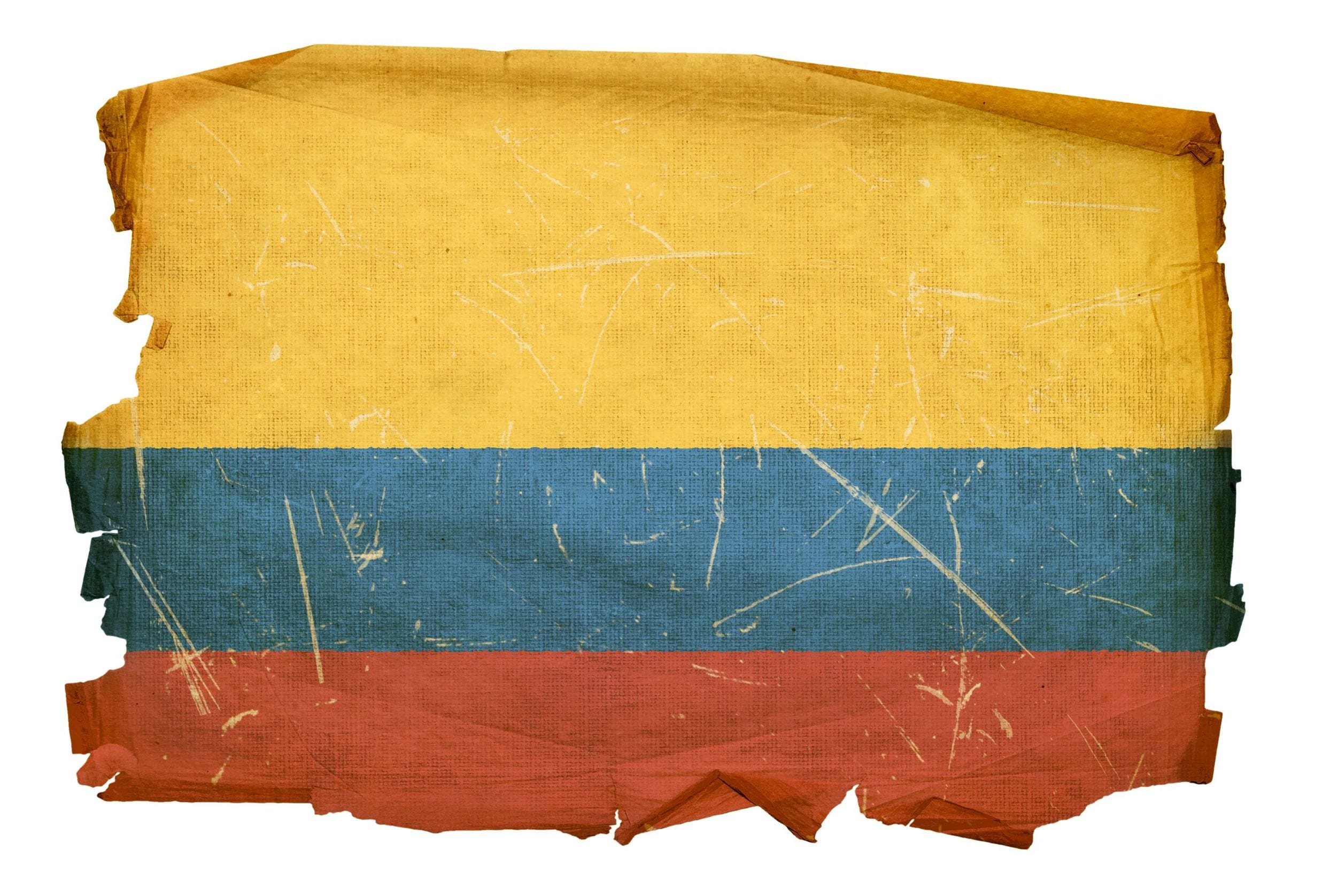
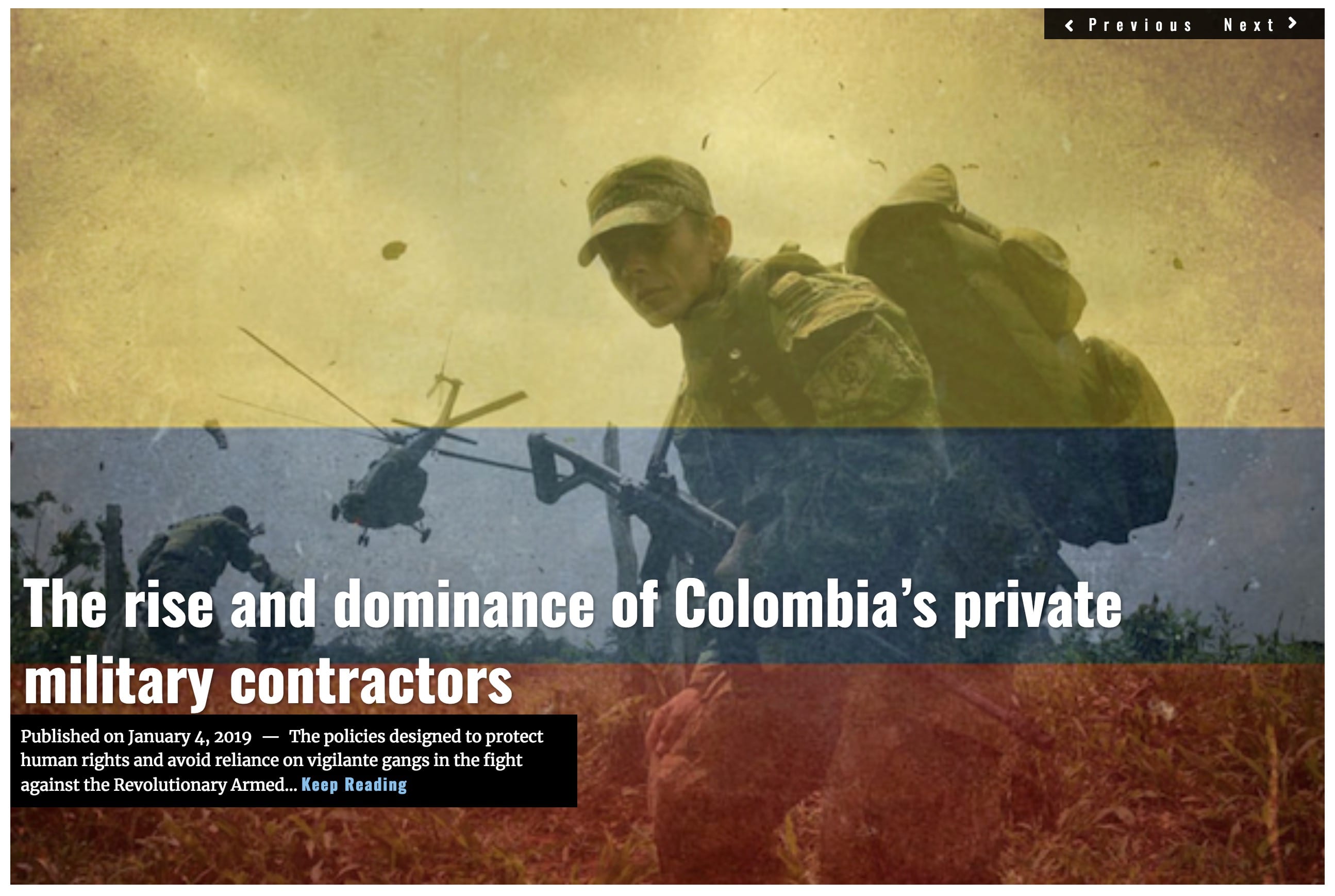

![Image World Press Freedom Day has us asking ‘What is the state of free press in democracies worldwide, and why has America’s free press ranking dropped?' [Lima Charlie News]](https://limacharlienews.com/wp-content/uploads/2019/05/World-Press-Freedom-Day-01-480x384.png)
![Image GailForce to Space Force: 'Make it so' - the Space Force debate continues [Lima Charlie News]](https://limacharlienews.com/wp-content/uploads/2019/05/Space-Force-01-480x384.png)
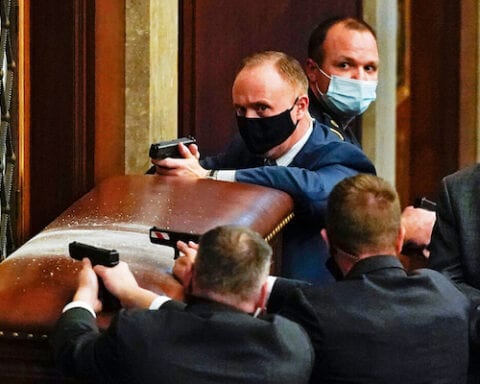


![Image Memorial Day may soon be a remembrance of democracy and those who had the courage to defend it [Lima Charlie News]](https://limacharlienews.com/wp-content/uploads/2018/05/Memorial-Day-may-soon-be-a-remembrance-of-democracy-and-those-who-had-the-courage-to-defend-it-Lima-Charlie-News-480x384.png)
![The Mind of Bolton - AUMF and the New Iran War [Lima Charlie News]](https://limacharlienews.com/wp-content/uploads/2019/05/Inside-the-mind-of-Bolton-Lima-Charlie-News-main-01-480x384.png)
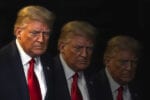
![Image World Press Freedom Day has us asking ‘What is the state of free press in democracies worldwide, and why has America’s free press ranking dropped?' [Lima Charlie News]](https://limacharlienews.com/wp-content/uploads/2019/05/World-Press-Freedom-Day-01-150x100.png)